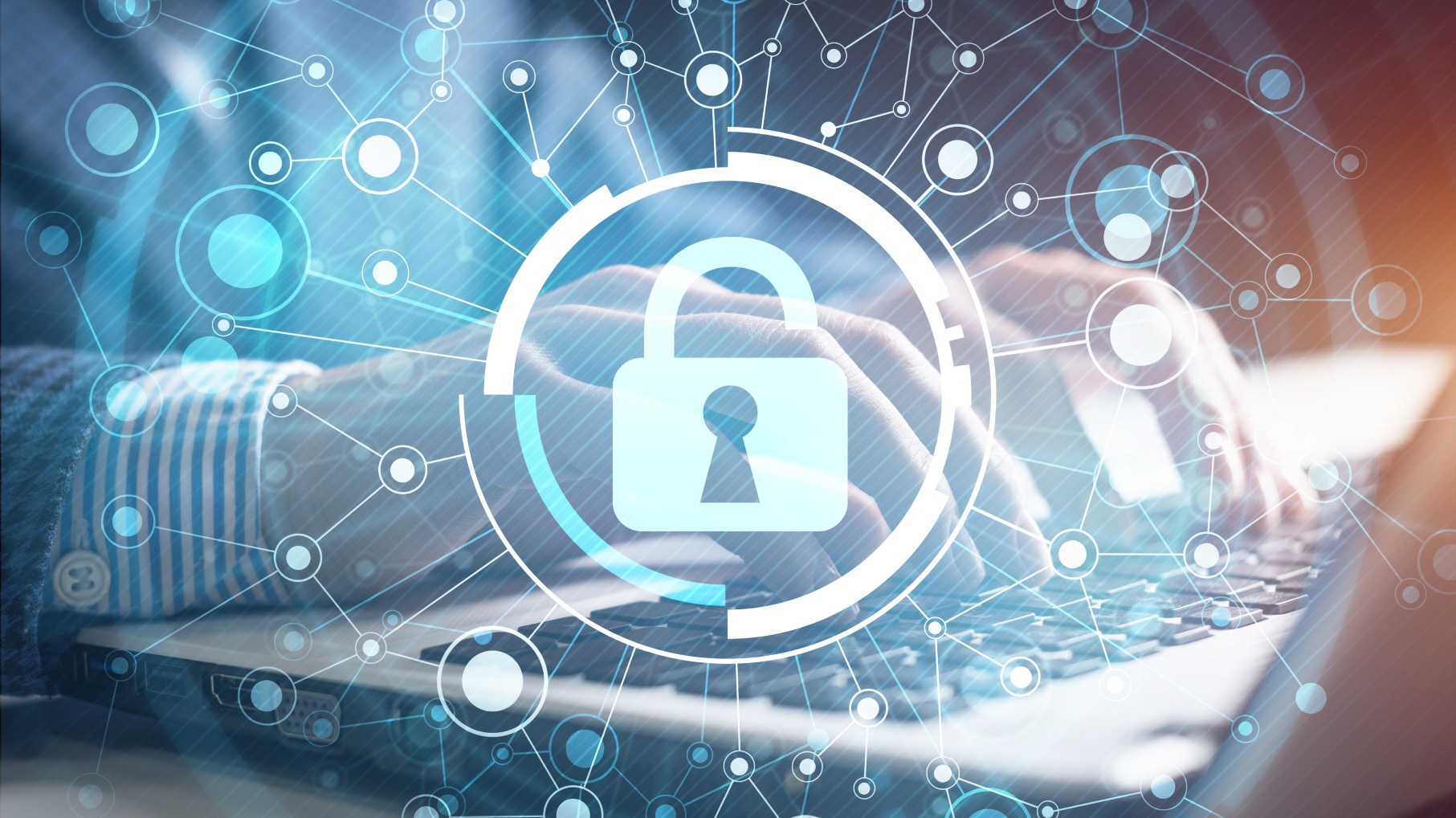Cybersecurity / Security tools
Weekly Cybersecurity / Security tools Insights
Stay ahead with our expertly curated weekly insights on the latest trends, developments, and news in Cybersecurity - Security tools.
Recent Articles
Sort Options:

Open Source CISA Tool Helps Defenders With Hacker Containment, Eviction
The newly released open-source tool by CISA equips organizations with essential resources for effective hacker containment and eviction during incident response. This innovative solution aims to enhance cybersecurity measures and support defenders in managing security breaches.

Future-proofing enterprise security in a zero trust world
Recent cybersecurity incidents highlight that few organizations are immune to breaches. As digital transformation accelerates, enterprises must adopt proactive security strategies, streamline tools, and embrace integrated platforms like Microsoft Entra ID to enhance resilience against evolving threats.

Don’t be distracted by AI – fundamental cyber skills are still key
The rise of generative AI in cybersecurity highlights the urgent need for robust cyber hygiene. Despite advanced tools, fundamental practices like patch management and effective training remain crucial to prevent breaches and ensure organizational resilience.

Seraphic Security Unveils BrowserTotal™ – Free AI-Powered Browser Security Assessment for Enterprises
Tel Aviv's CyberNewsWire reports on significant advancements in cybersecurity measures, highlighting innovative technologies and strategies aimed at combating rising cyber threats. The article emphasizes the importance of robust defenses in protecting sensitive data and maintaining digital safety.

Cybercriminals love this little-known Microsoft tool a lot - but not as much as this CLI utility for network management
A recent analysis by Bitdefender reveals that cybercriminals extensively exploit trusted Microsoft tools, particularly netsh.exe, PowerShell, and wmic.exe, in high-severity attacks. This trend challenges conventional security measures, prompting the development of advanced monitoring solutions like PHASR.